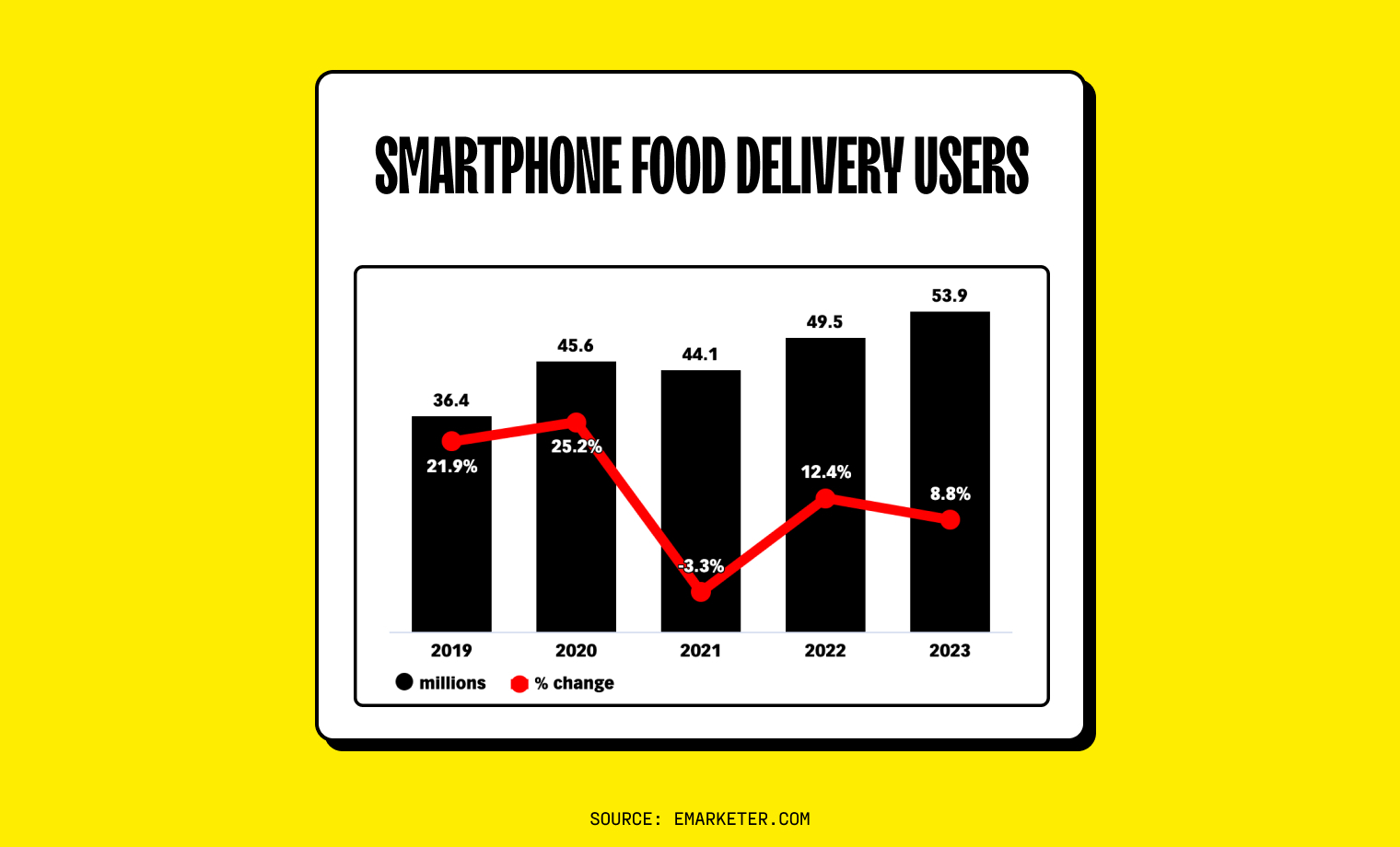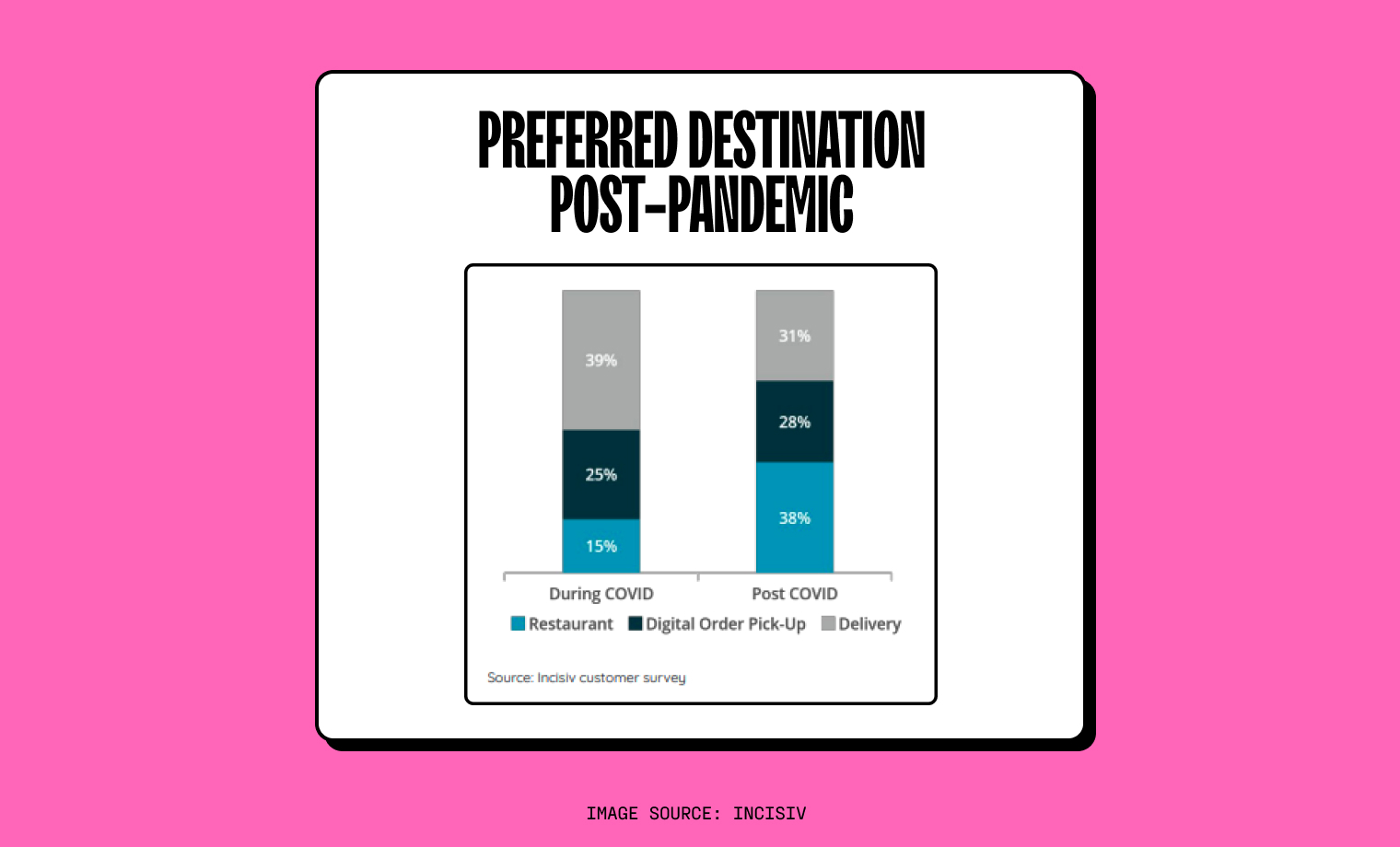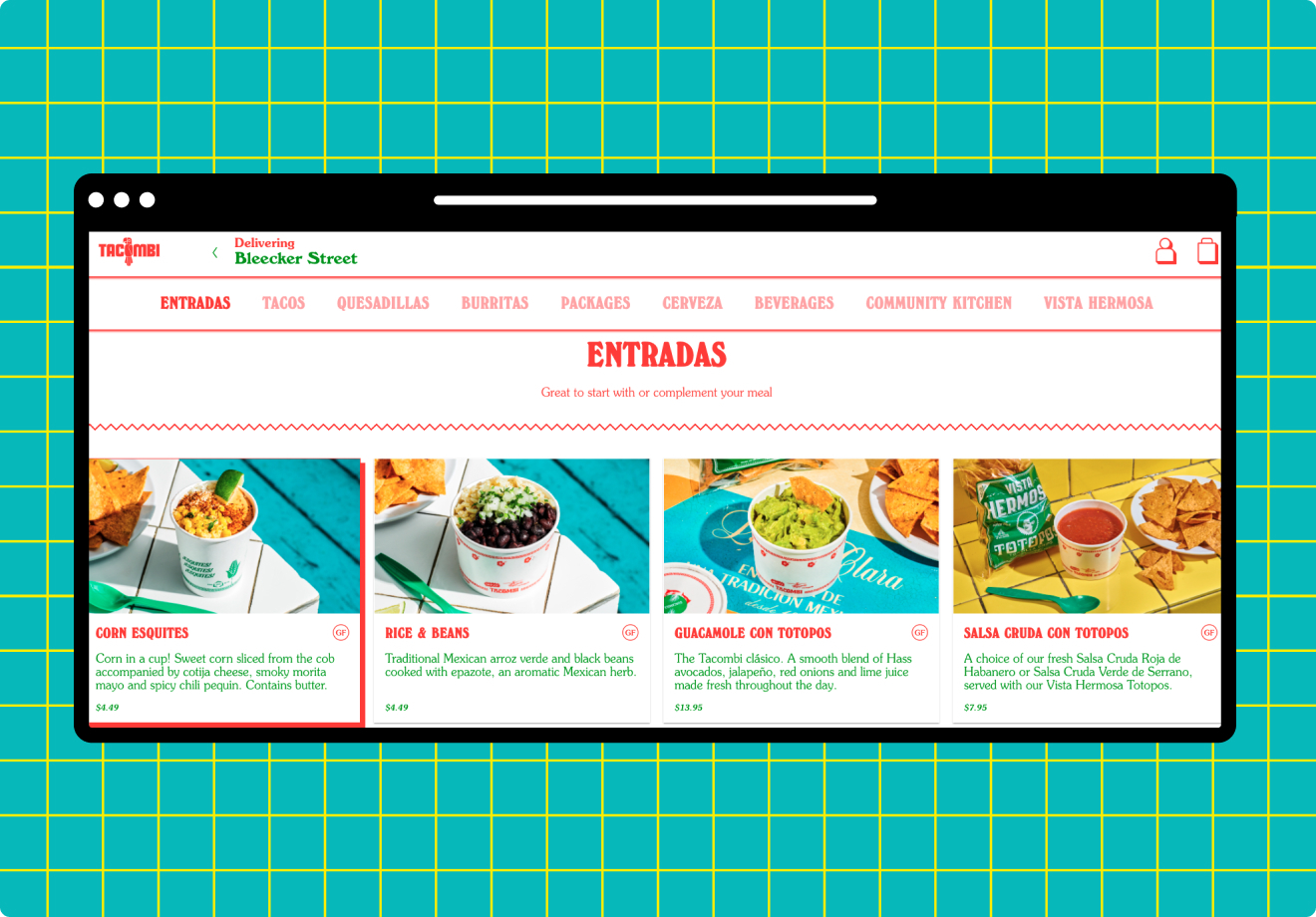Check Out This Guide:
Share
- Jump to:
“Meh…” If that was your restaurant’s pre-social distancing response to ordering apps, contactless table service, digital menus, and fun new tech like QR codes, we’re guessing the rush of embracing technology through each lockdown was a bumpy ride. But just because table ordering apps, cloud-based POS systems, and mobile ordering have forever altered customer experiences in hospitality businesses like restaurants, doesn’t mean operators should hastily add tech. If anything, the last 18 months proved that it’s smart implementation that leads to super success.
Although quick-serves, fine-casuals, and fast food did have a slightly easier road to adapting to the chaos than full-service, every restaurant segment had to find the right way to incorporate digital ordering technology. Whether it was increasing the speed of the ordering and credit card processes, handling drastic shifts in diner preferences, or delivering a customer's order with five-star-worthy at-home experiences, every restaurant owner had to make choices. But the ones who made educated tech choices with mobile ordering apps were able to see an increase in sales after bouncing back from the initial pandemic drop.
Mobile Ordering Apps Forced Waves of Change
By pivoting, restaurants rode the wave of mobile ordering options and the growing quantity of consumer app orders. Yet, it turns out that wave was more of a tsunami of change since it doesn’t seem like pre-COVID preferences are coming back anytime soon.
Thanks to the pandemic, eMarketer reported smartphone food delivery apps saw a 25.2 percent increase in total users from 2019 to 2020 plus off-premise orders at U.S. fine-dining restaurants grew up to 61%.

In a 2021 report by OpenTable, they also found that online food delivery sector growth jumped from 107 billion dollars in 2019 to 154 billion dollars by 2021 due to pandemic acceleration, and digital restaurant delivery (mobile apps, online orders, text message orders) increased by 123% in the U.S. from 2019 to 2020.
For a good example of digital customer experience dollars doing the work, look no further than Starbucks China. Through digital engagement lifelines like online ordering, digital loyalty programs, and customer relationship management systems, a McKinsey report showed Starbucks China saw a 12% increase in digital transactions post-crisis. And with online sales projected to account for 50% of limited-service and quick-service total restaurant sales by 2025, your digital downloads and connections are the master key for unlocking the table ordering app puzzle.

Tailored Table Service to Contactless, Personalized Customer Experiences
Far from the experience of traditional in-person table service, recent restaurant tech that’s grown due to the pandemic offers many more options to choose from than simply dining in. Omnichannel POS systems, diverse order approaches (kiosks, mobile, app, website, and online ordering solutions), anything hassle-free, contactless, and personalized, and customized options for different restaurant segments, to name a few.
Restaurants who in real-time embraced (or already had) functionality in mobile apps and flexible or portable POS solutions catered quickly to changing customer desires. While others failed to see the opportunity in the closest, personalized all-in-one curbside, takeout, and delivery experience available: branded smartphone apps.
How to Maximize Your Return from Table-Ordering Apps
With mobile ordering apps and branded customer experiences continuing to rise and evolve, how can restaurant owners explore this technology to increase revenue like upsells and hone a better digital customer journey to deliver beyond their competition? Here are a few strategic steps to take:
1. Make ordering a hassle-free customer journey.
When restaurants make digital deliciously easy, diners return again and again — which increases sales. Almost 60% of restaurant customers prefer to order digitally on premises at a quick-service restaurant, according to a recent Deloitte survey. And more than 80% of restaurant operators agreed that using technology in a restaurant provided a competitive advantage in the National Restaurant Association’s (NRA) 2019 State of the Restaurant Industry Report.
Following along with how restaurant customers are currently using tech (including iOS and Android apps) matters to the continued growth of post-pandemic hospitality businesses. From QR codes to digital menus to payment gateways like Apple Pay, Google Pay, and even PayPal, personalized online ordering that allows customers options to order and pay how they wish not only removes friction, but easily increases revenue.
Plus, when considering how to make the customer experience on your restaurant’s mobile app as friction-free as possible, research from the National Restaurant Association (NRA) showed 60% of adults agreed that simply having restaurant technology, including smartphone apps, table ordering systems like tablets for payment processing, and self-service kiosks increased their convenience (AKA can increase your sales).
However, simply making an app isn’t going to pop the profits. Customers adore branded experiences that look and feel exactly like the brand’s personality, and include their top desired features: it’s easy to use, sends push notifications for personalized offers and promotions, and can be used frequently with little issues or effort.

The Tacombi’s Taqueria online ordering shows their brand colors and adds a bit of spunk with custom typography and design elements.
Ensuring your functionality is seamless and hassle-free, from mobile app through the customer journey, is critical to creating a positive customer experience and setting your restaurant apart. With a top-notch flow from order to first bite, you can continue building fantastic relationships even with real-time, post-pandemic changes.
2. Make contactless ordering a personalized experience.
Sometimes restaurants gloss over the critical personality points that keep customers loyal when they move from in-person to digital ordering solutions. Don’t forget, some recent Ibotta research shows that almost 75% of shoppers say they miss dining out at restaurants and about 85% say it’s important for them to support local restaurants. But their continued patronage and purchases depends on branding digital to feel like it’s in-person.
That’s why 60% of COVID consumers prefer ordering online directly from a restaurant’s website or app instead of a third-party delivery service. Because when given that option, customers crave the experience they can only get at your specific restaurant.
And when the pandemic cuts off many of their typical personalized experiences, the identity connection to the branded mobile app, website, or online experiences are massive personal reasons why they return to the heart and soul of hospitality businesses. Plus, crafting a branded experience across all digital platforms increases app downloads and ensures an authentic ordering experience like they would get with in-house staff even with contactless modifiers.
With 30% of all adults, including 40% of Millennials, agreeing that access to technology encourages them to dine out or order more frequently, having all those touchpoints (mobile app ordering, kiosks, QR codes, takeout, curbside, and delivery) feeling like the experience of dining with your brand while they’re at home matter for setting the right mobile ordering app tone for the coming future.
3. Make sure your POS system integration is A+.
One of the high-five-worthy perks of incorporating restaurant tech is that you’re able to bulk up your operation by securing the right POS system or POS integrations. For restaurant owners who want to stay agile, 71% of North American foodservice companies agree that being able to digitally transform your business is key.
And if you’re planning on bringing delivery in house, which is the most likely way restaurants will change their business model in the next two years, removing tech headaches with the right POS needs to begin now.
When you have your POS and branded mobile app streamlined for your operational processes, you’re able to add bonuses to increase revenue like properly-placed upsells. Plus, guests, front of house, and back of house can continue to communicate quickly and efficiently for the best dining experience.
Simplifying how your restaurant operates from brand interaction through the table ordering app, to online ordering, to delivery means having the right POS running across all digital systems. If you’re looking to stay flexible and functional along with the changes from the increase of mobile apps, connecting a proper POS is the best way forward.
Conclusion
The explosion of mobile ordering apps spurred by the pandemic only sparked the inevitable digitization of restaurants. But remember, just like it was with your traditional takeaway, pick up, or table ordering system, customers still want all your digital customer experiences to feel like the in-person dining they remember.